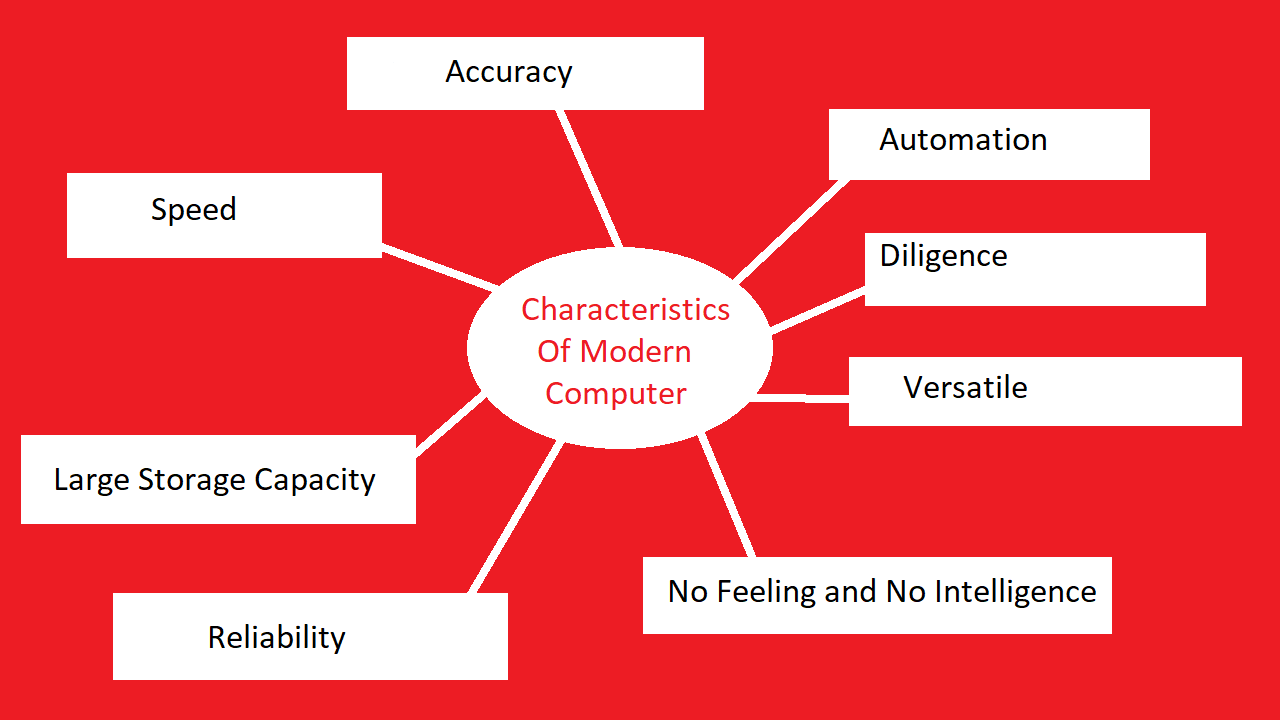Shield Your Small Business: Must-Have Cybersecurity Strategies

Image via Freepik
In an era where digital
threats loom large, small businesses must prioritize cybersecurity to protect
their operations. Cybercriminals increasingly target smaller enterprises, often perceiving them as easier
targets due to limited resources and defenses. By adopting robust cybersecurity
measures, small businesses can safeguard their digital assets and ensure their longevity and reputation in the market. This
article explores practical strategies to help
small enterprises bolster their defenses against cyber threats.
Embracing Staging Environment Testing
Testing updates in a staging environment is essential for spotting bugs and performance issues before they impact your customers. This environment mimics your production setup, helping to identify discrepancies that might lead to security vulnerabilities. By thoroughly vetting updates in this controlled space, you minimize risks to your live system. Implementing role-based access control and conducting regular access reviews further protects your business, ensuring only authorized personnel have access to critical systems and reducing the likelihood of breaches or errors.
Strengthening Cybersecurity Through Firmware Updates
Regularly updating firmware is vital for closing security gaps and protecting your business from cyber threats. Ignoring updates leaves your devices vulnerable to issues like the CVE-2024-4040 flaw, enabling attackers to install malicious updates and compromise your system. Keeping your devices up-to-date helps maintain network integrity, ensuring critical data remains secure. Additionally, implementing network segmentation adds another layer of protection by isolating high-risk devices and limiting the scope of potential breaches. This proactive approach strengthens your overall cybersecurity strategy and safeguards your business.
Empowering Your Business with Cybersecurity Education
Neglecting to educate yourself on cybersecurity issues can leave your business vulnerable to costly data breaches and digital threats. As cyberattacks grow more sophisticated, it’s crucial to have a strong understanding of IT and computer systems to protect your operations. Returning to school to enhance your computer and IT knowledge can be a game-changer, especially for managing your business’s cybersecurity needs (check this out). Earning a computer science degree equips you with IT, programming, and computer science theory skills, giving you the expertise to safeguard your business.
Prioritizing Cybersecurity Training for Small Businesses
Cybersecurity training is critical in protecting your business from potential financial losses and operational disruptions. As cyber threats continue to evolve, the cost of a data breach can have a devastating impact on small businesses. Implementing regular training sessions ensures you and your team stay informed about the latest risks and best practices to combat them. This proactive approach helps defend against sophisticated attacks, safeguarding your business’s reputation, assets, and long-term success in an increasingly digital world.
Enhancing Cybersecurity Through Data Encryption
Encrypting data during transmission is essential for safeguarding sensitive information. By using encryption protocols, you ensure that only authorized individuals can access your data, significantly reducing the risk of breaches. This proactive measure helps prevent financial losses, protects your business’s reputation, and ensures compliance with essential regulations like the General Data Protection Regulation (GDPR). Implementing encryption during data transmission adds a crucial layer of security, giving you and your clients peace of mind in an increasingly digital and connected world.
Bolstering Cybersecurity with Smart Network Monitoring
Effective network monitoring systems are essential for spotting unusual patterns that might signal security breaches. Advanced machine learning and deep learning techniques can significantly enhance your ability to detect anomalies and respond quickly to potential threats. Fine-tuning the sensitivity of your detection systems ensures genuine threats are identified while minimizing false alarms, which helps conserve valuable resources. By implementing these strategies, you can maintain a secure network environment and reduce the risk of cyberattacks impacting your business operations.
Improving Cybersecurity with WPA3 and WPA2
Enabling WPA3 or at least WPA2 encryption on your wireless networks is crucial in safeguarding your digital assets. WPA2 provides a baseline level of security, but WPA3 offers stronger encryption and improved defense against potential attacks. Upgrading to WPA3 or ensuring that WPA2 is adequately configured can significantly bolster your network’s security. This proactive measure helps protect sensitive data, reduces the risk of unauthorized access, and ensures a safer environment for your business’s digital operations.
By adopting these essential cybersecurity practices,
small businesses can strengthen their defense against digital threats and
safeguard their operations. Proactively securing sensitive data not only
minimizes the risk of cyberattacks but also strengthens customers' trust in
your business. This trust is a critical foundation for long-term growth and
stability, especially in today’s increasingly digital marketplace. With a
well-protected infrastructure, your business is better positioned to thrive,
ensuring both operational security and a reputation for reliability in the eyes
of your clients and partners.
Explore the latest in tech innovation and development at SmartTechTip, your go-to
source for coding tips, AI insights, and cybersecurity strategies!





